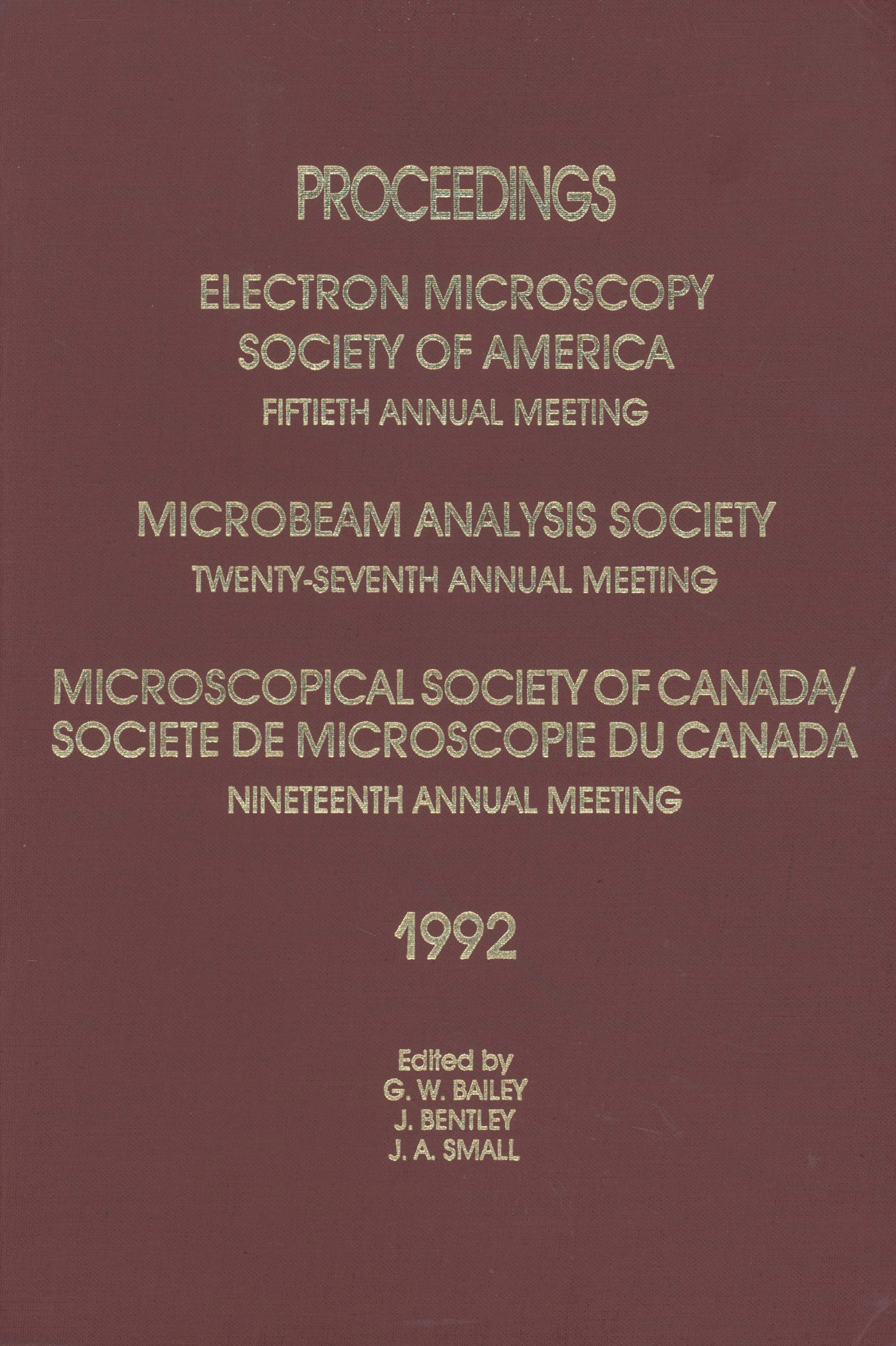No CrossRef data available.
Article contents
Invasion of Soybean Root Cells in Culture by Rhizobium japonicum.
Published online by Cambridge University Press: 18 June 2020
Extract
The initiation of association between cultured soybean root cells and Rhizobia shows specificity under proper conditions of culture. The establishment of these culture conditions for symbiotic association have been described previously. The compatible plant cells produced a filamentous extracellular material which was capable of trapping Rhizobia. Non-compatible cells did not produce extracellular material and were not invaded. In this presentation we have followed the effect of Rhizobial invasion on the wall morphology of the soybean root cells in suspension cultures. Changes in the morphology of the soybean cell walls were then examined as follows.
Harosoy root cells were grown in liquid culture in Gamborg's B-5 medium for two weeks. Rhizobium japonicum strain 138 was added to the culture for another 3 days. For this purpose, fixation was carried out by adding glutaraldehyde to the medium to a final concentration of 2%. The cell clumps were fixed 1 hr.
- Type
- Plant Cell Structure and Function
- Information
- Copyright
- Copyright © Claitor’s Publishing Division 1975




